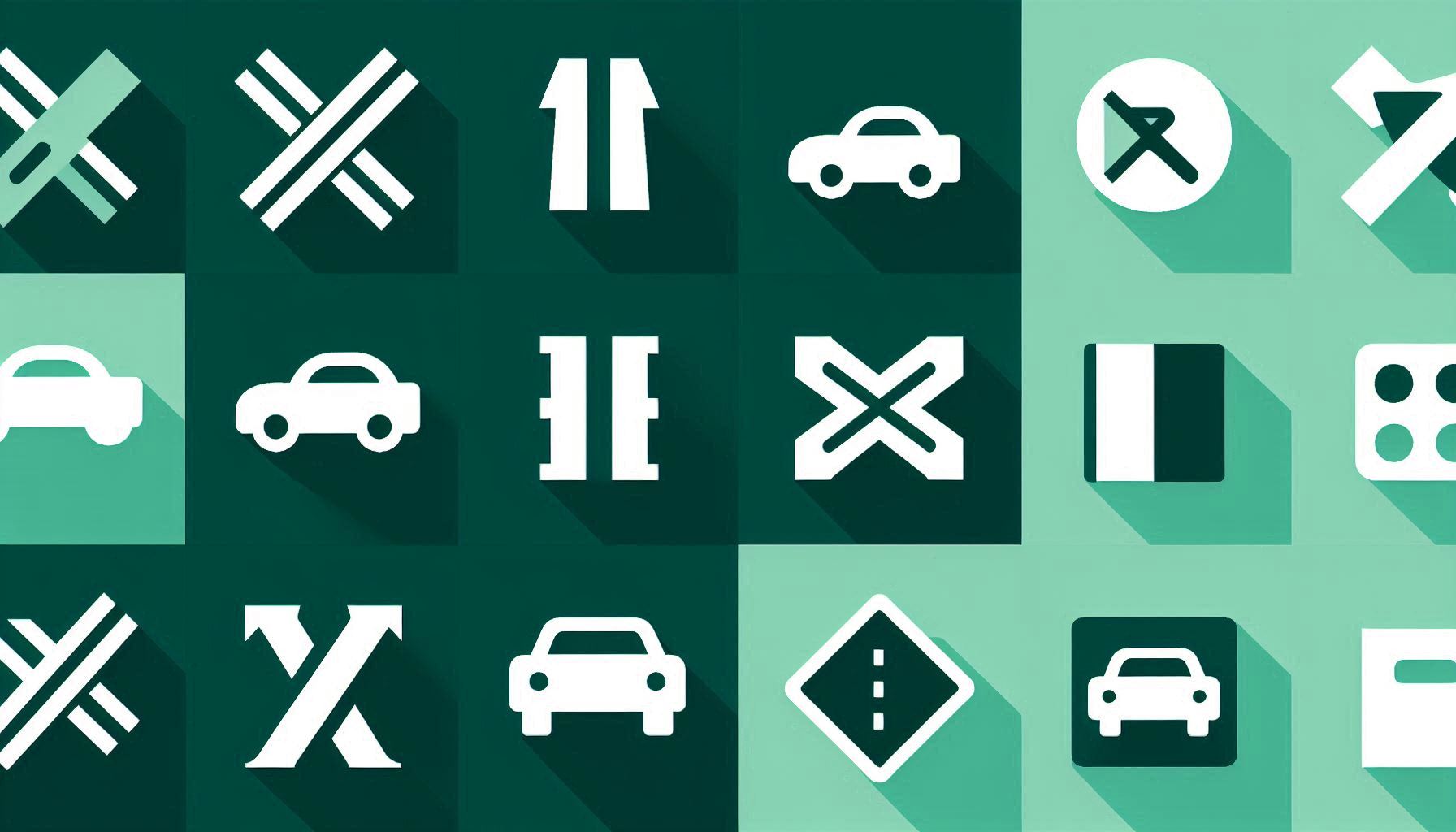Classified Vector Quantization and its Application on Compression of Iris Images in the Safety of Marine Systems

Downloads
contrast levels. Originally, CVQ is used to improve the quality of edges of compressed images because they are the most important part of image for visual impression on humans. The paper presents the comparison and major advantage of CVQ over ordinary VQ in terms of significant time reduction needed for iris images to be coded, and therefore it highlights a new important application of CVQ.
Downloads
Jain AK, Flynn P, Ross A. Handbook of Biometrics. New York: Springer; 2007.
Daugman J. How iris recognition works. IEEE Transactions
on Circuits and Systems for Video Technology. 2004 Jan;14(1):21-30.
Chapman W, Hicklin A, Kiebuzinski G, Komarinski P, Mayer-Splain J, Taylor M, Wallner R. Latent Interoperability Transmission Specification. National Institute of Standards and Technology. U.S. Department of Commerce; 2013 Jan. 46 p. NIST Special Publication 1152.
Stephanie Young LT. Securing our borders: Biometrics at sea. Coast Guard Compass: Official blog of the U.S. Coast Guard. 2011 Nov 21[cited 2014 Nov 10]. Available from: http://coastguard.dodlive.mil/2011/11/securing- our-borders-biometrics-at-sea/
Ives RW, Bishop DA, Du Y, Belcher C. Iris recognition: The consequences of image compression. EURASIP Journal on Advances in Signal Processing. 2010 Feb; 2010 (Article No. 24).
Daugman J, Downing C. Effect of severe image compression on iris recognition performance. Information Forensics and Security, IEEE Transactions on. 2008 Mar;3(1):52-61.
Kekre HB, Sarode TK, Bharadi VA, Abhishek AA, Arora RJ, Nair MC. Performance Comparison of DCT and VQ Based Techniques for Iris Recognition. Journal Of Electronic Science And Technology. 2010 Sep;8(3):223- 229.
Čorić M, Gudelj A. Application of the vector quantization compression method in the video supervision of maritime systems. Paper presented at: 6th International maritime science conference; 2014 April 28-29; Solin, Croatia.
Chen WH, Smith CH, Fralick SC. Discrete Cosine Transform. IEEE Transactions on Computers. 1974 Jan;23(1):90-93.
Laurin, A. Networked Video Surveillance and Compression Technology [Internet]. 2002 [updated 2002 Jun, cited 2014 Oct 11]. Available from: http://www.axis.com/documentation/whitepaper/video/ video_compression_article.pdf
V. Bhaskaran, K. Konstantinides. Image and video compression standards: algorithms and arhitectures. 2nd ed. SAD, Norwell, Massachusetts: Kluwer Academic Publishers; 1997.
Ramamurthi B, Gersho A. Classified vector quantization of images. Communications, IEEE Transactions on. 1986 Nov;34(11):1105-1115.
Quweider MK, Salari E. Efficient classification and codebook design for CVQ. IEE Proceedings-Vision, Image and Signal Processing. 1996 Dec;143(6):344- 352.
McLaren SR. Reliability of iris recognition as a means of identity verification and future impact on transportation worker identification credential [PhD thesis]. California, Monterey: Naval Postgraduate School; 2008.
Daugman, J. The importance of being random: statistical principles of iris recognition. Pattern recognition. 2003;36(2):279-291.
Guo G, Jones M, Beardsley P. A system for automatic iris capturing. Massachusetts: Mitsubishi Electric Research Laboratories; 2005 Jun. 10 p. Report No.: TR2005-044.
Von Seelen UMC, Camus T, Venetianer PL, Zhang GG, Salganicoff M, Negin M. Active vision as an enabling technology for user-friendly iris identification. 2nd IEEE workshop on automatic identification advanced technologies; 1999. p. 169-172.
USA Government Accounting Office. Transportation Security: TSA Has Made Progress in Implementing the Transportation Workers Identification Credential Program, but Challenges Remain. Washington: U.S. Government Accountability Office; 2007 Apr. Report No.: GAO-07-681T.
Phoenix iris database. Available from: https://docs. google.com/file/d/0B_xRqfOMgQDGNlplRHFuam8zbTg/ edit?pli=1
Linde Y, Buzo A, Gray RM. An Algorithm for Vector Quantizer Design. Communications IEEE Transactions on. 1980 Jan;28(1):84-95.
Wikipedia - Mean squared error [Internet]. Wikipedia. 2013 [updated 2014 Oct 13, cited 2014 Dec 11]. Available from: http://en.wikipedia.org/wiki/Mean_ squared_error
Haskell BG, Hang HM. Comparison of discrete cosine transform and vector quantization of medical imagery. Application of Optical Instrumentation in Medicine XIV and Picture Archiving and Communication Systems; 1986 Feb 02; Newport Beach, California. International Society for Optics and Photonics; 1986. p. 399-409.
Ivanov, IA. Image Compression with Vector Quantization [Internet]. 2001 Apr 16 [cited 2015 Oct 18]. Available from: http://www.gamasutra.com/view/ feature/131499/image_compression_with_vector_.php




















